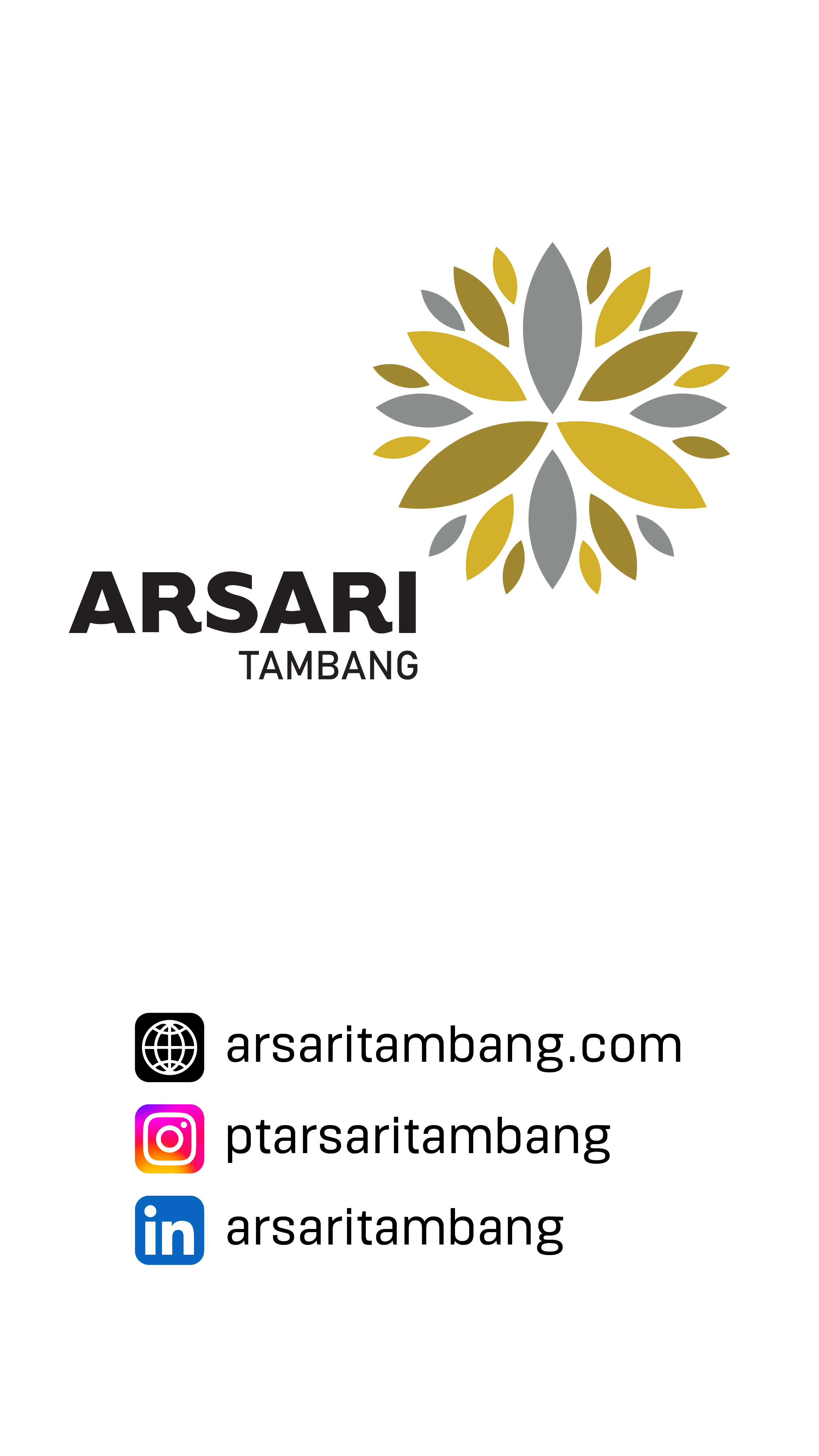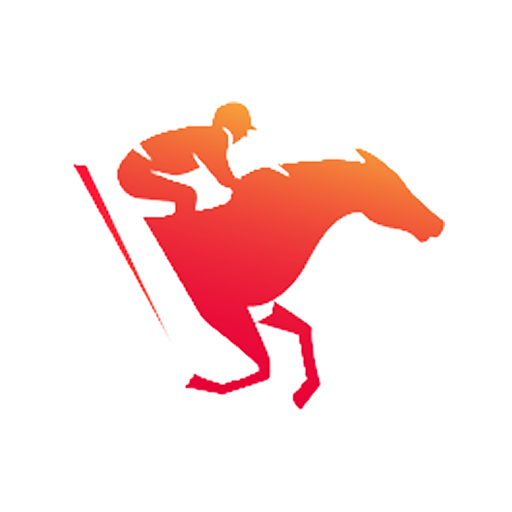


SARGA.CO – Equestrian sports enthusiasts who happen to be traveling to France should include the city of Chantilly as one of their tourist destinations.
The city of Chantilly has long been better known for its magnificent castle – the Château de Chantilly – and its museum, the Musée Condé, which is believed to have the second-largest collection of antique paintings in France after the Musée Louvre. Chantilly is also famous as the birthplace of the lightest and fluffiest Crème Chantilly.
But not many people know that Chantilly is known as the “Horse Capital” or “Capital of Horses” in France.
Quoting france.fr, Chantilly is a paradise for horse lovers, dedicating its energy to polo, equestrian competitions, and hunting. You will discover the city’s wonders with the Grandes Écuries or Great Stable, considered the most magnificent horse stable in the world, along with its racecourse and major horse training centers in France.

Built in 1719 by the nobleman, the Duke of Bourbon and Prince of Condé, the Grand Stables were home to 240 horses and more than 400 hunting dogs, and have been open to the public year-round.
According to fei.org, the horse stables had long been abandoned after being handed over to the Institut de France, the leading cultural heritage body in France.

After four years of negotiations, Yves Bienaimé and his wife, Annabel, in June 1982 secured a 20-year lease from the Institute. Under the Bienaimé family’s stewardship, the honey-colored stone walls and the 186-meter vaulted central hall of the Great Stables were revitalized to function as both a museum and a performance venue.


Inside these restored halls is the Musée Vivant du Cheval, with centuries-old architecture housing more than a thousand paintings, drawings, and sculptures depicting the richness of equestrian culture.
The central area of the Great Stables hosts a spectacular equestrian theater, where hundreds of spectators can enjoy performances every day.

Every summer, Sophie’s team – consisting of riders, most of whom hold dressage diplomas, and specialist artists such as pole vaulters, acrobats, musicians, and mimes – brings elegant equestrian imagery to life.
The Chantilly herd consists of carriage horses for rope jumping, ponies, and Iberian-type stallions.
Not only equestrian shows, but near the castle there is also the Chantilly Racecourse, which hosts four of the most important and classic horse races in France.

It is at this racecourse that the Prix du Jockey Club, also known as the French Derby, and the Prix de Diane, or French Oaks, are held.
The first horse race at this venue was held in 1834. In keeping with horse racing tradition, the oldest racecourse on the European continent has a dual turf track.
The training center, built in 1898, is one of the oldest and largest training facilities in the country. This horse training center trains more than 3,000 purebred horses every day on sand tracks.

The Chantilly Training Center is divided into forested areas with the Piste des Lions (Lion Track), where horses can enjoy galloping runs, and Les Aigles, a vast grass meadow with interspersed grass, sand, and synthetic tracks. Here, several hundred horses usually gallop each morning between 6 a.m. and 1 p.m.
Two other locations are Lamorlaye and Coye-La-Forêt, which are special areas for horses competing over jumps, and Avilly Saint Leonard, which serves as a track where horses can train year-round.






















































Install SARGA.CO News
sarga.co